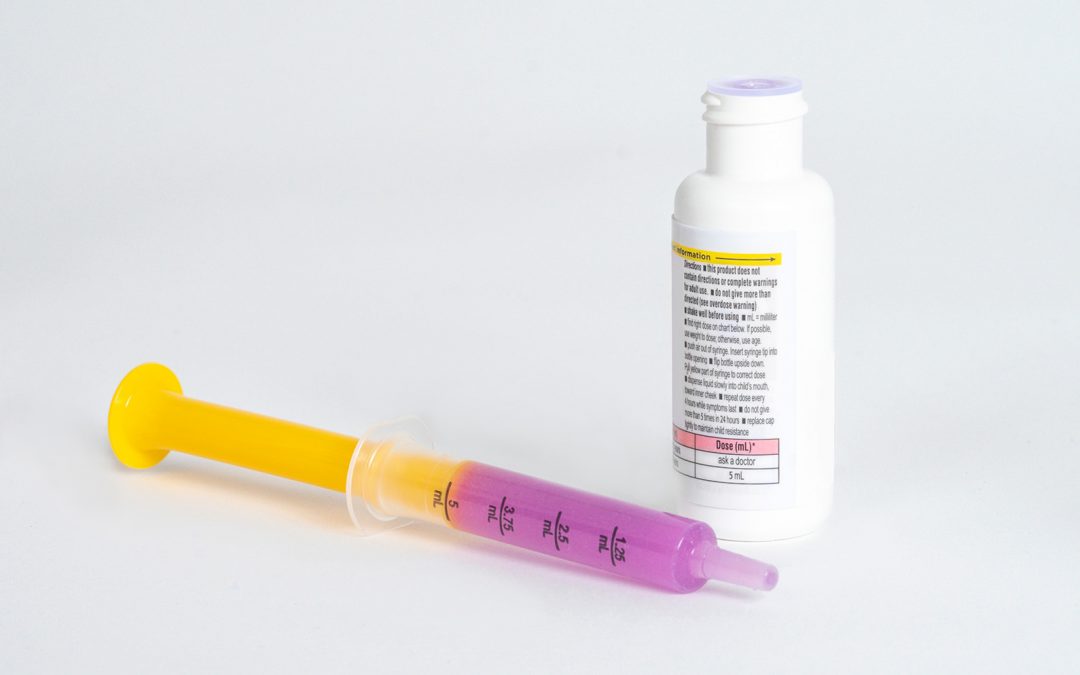If you haven’t been in the back of an ambulance on a pediatric call, let me set the scene for you. You’re in a moving, 12 foot by 12 foot box that hits frequent bumps, there’s a crying child on the cot, and there’s a concerned parent on the bench either asking questions or sitting in silent stress. There’s also usually a panicked EMT, who might be on one of their first pediatric calls, fumbling around while trying to draw up very precise amounts of liquid medication. And in the midst of all of the chaos, there’s a paramedic who is doing their best to look confident while trying to estimate patient weight; reference protocols, apps and pediatric dosing pocketbooks; calculate dosages in their head; all while monitoring their tiny patient. That environment can cause even the most seasoned paramedic to make a mistake — and research shows, many of them have.
An EMS study conducted in Michigan revealed that almost one-third of medications administered to pediatric patients over a two-year span were given at the wrong dose. If we assume that reflects the national average, we know that number could be even higher, as it doesn’t account for unreported mistakes.
These errors are happening in higher numbers for pediatric cases than in adult cases because the environment is usually higher stress and medication doses are more complex, as illustrated in the scenario above. Pediatric drugs are weight-based, which means a guess will have to be made and a calculation based on that weight estimation will have to be done, and as one Hinckley medical customer said, “paramedics are just not good at guessing weight.”
Currently, the most commonly used pediatric dosing tools give paramedics a way to guess weight, based on age or height. These methods are still only estimates, though, not actuals, but finally, the OneWeight scale for gurneys brings accuracy to the back of an ambulance. As soon as the patient sits on the cot, the paramedic is provided with the patient’s actual weight. There’s no more pulling out a measuring tape and flipping through a book, nor locating the correct age range-labeled box stored within a larger kit.
Beyond guessing a weight, perhaps the paramedic’s most stressful task, though, is having to then reference protocols and pocketbooks and plug that estimated weight into a formula to calculate the proper drug dose. It’s understandable why paramedics’ confidence levels can be so low on pediatric calls and that low confidence is not a good feeling for the paramedic nor a good look in front of parents and emergency room doctors. The OneDose app reduces stress and boosts provider confidence by providing, in real time, the prescribed medication dose based on the patient’s actual weight transmitted from the OneWeight scale.
Together, these technologies take the guesswork out of pediatric paramedicine. There’s no more estimations or calculations and paramedics are set up for success. This reduces the stress of everyone involved in the call, promotes better care for the child on the cot and encourages fewer errors in EMS as a whole.
Source:
John D. Hoyle Jr. , Alan T. Davis , Kevin K. Putman , Jeff A. Trytko & William D. Fales (2012) Medication Dosing Errors in Pediatric Patients Treated by Emergency Medical Services, Prehospital Emergency Care, 16:1, 59-66, DOI: 10.3109/10903127.2011.614043

